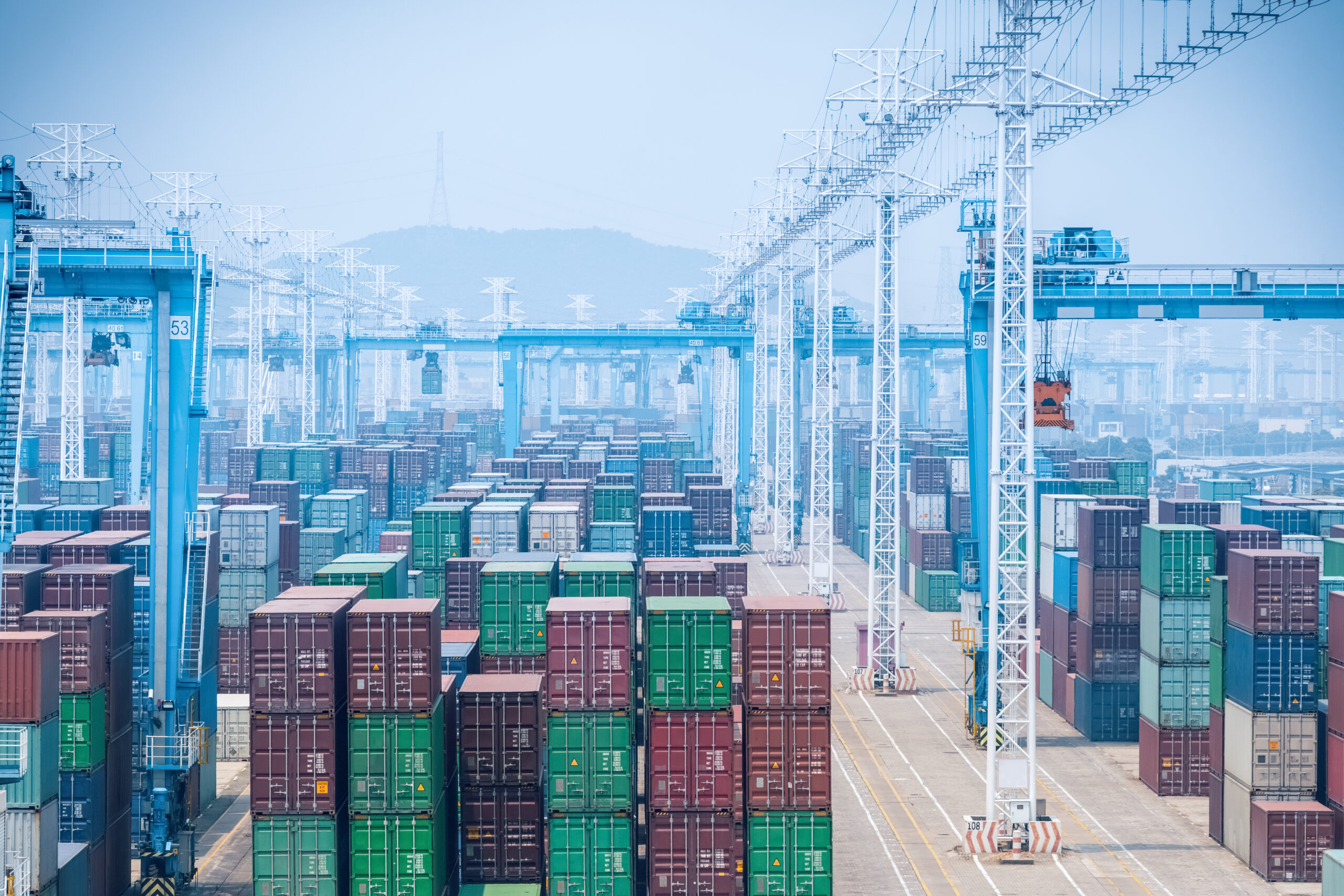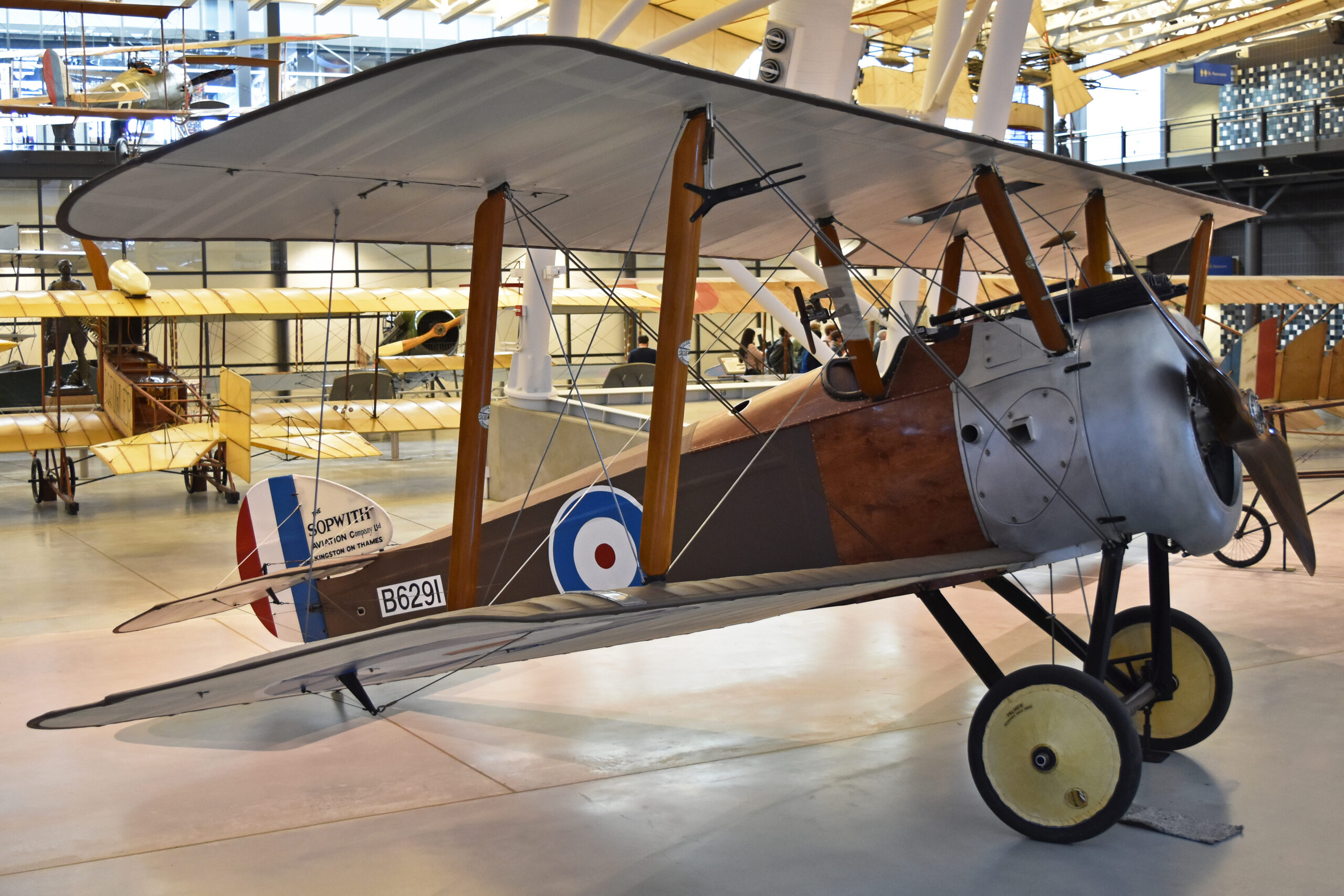Boston Marathon (1897) – United States
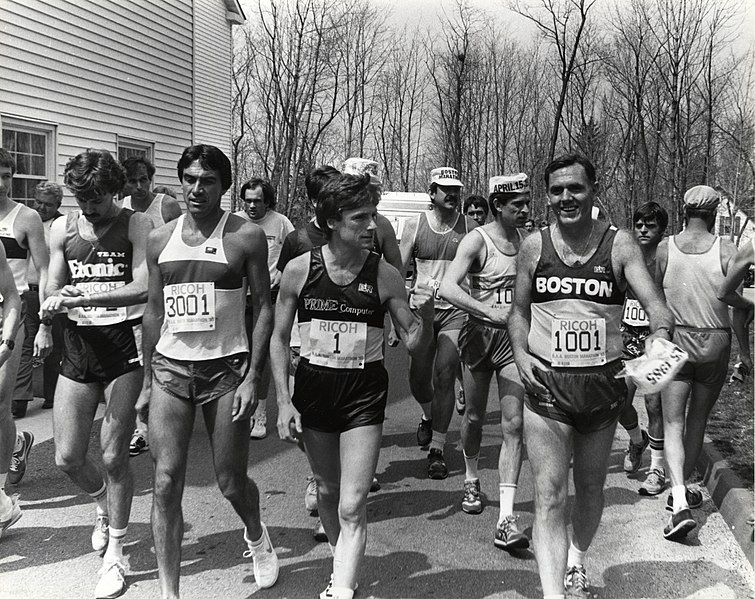
The Boston Marathon is the world’s oldest annual marathon, first held in 1897. Inspired by the success of the marathon at the 1896 Athens Olympics, the Boston Athletic Association brought the concept to America. Its original course stretched from Ashland to Boston, totaling 24.5 miles before the standardized 26.2-mile distance was adopted in 1924. Over the years, the event has become a symbol of endurance and community spirit. Known for its challenging Heartbreak Hill and unpredictable weather, Boston draws elite and amateur runners alike. The marathon has also served as a stage for historic moments, including Kathrine Switzer’s groundbreaking participation as the first woman to officially run it in 1967. Today, it remains a prestigious and iconic event in the world of road racing.
Yonkers Marathon (1907) – United States
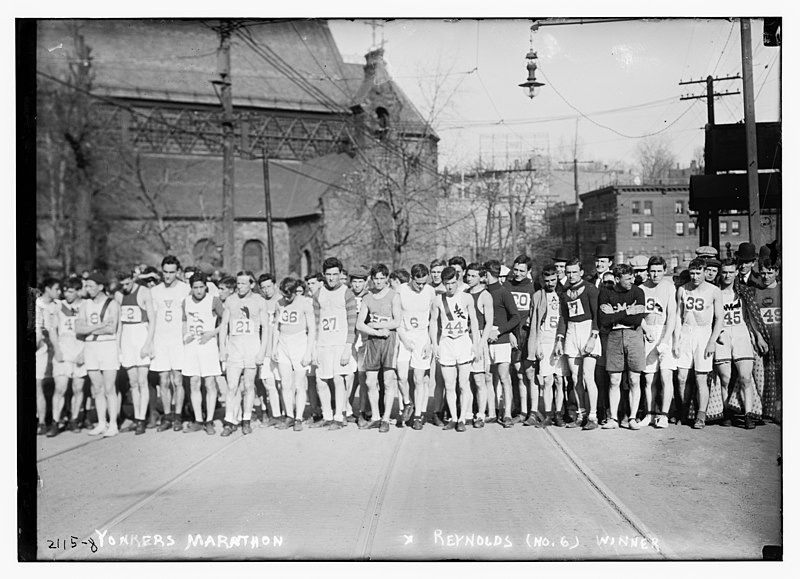
The Yonkers Marathon, held in New York, stands as the second-oldest marathon in the U.S., beginning in 1907. Initially, it was a test of resilience for runners who sought qualification for the Olympics. Known for its hilly terrain and scenic route along the Hudson River, the marathon is both a beauty and a beast for participants. The event was originally run on Thanksgiving Day before transitioning to its modern autumn schedule. Over the decades, Yonkers has attracted numerous notable athletes, cementing its place in American marathon history. Despite its age, it maintains a more local, grassroots feel compared to larger races. This longevity speaks to the dedication of the organizers and the loyalty of its participants.
Polytechnic Marathon (1909) – United Kingdom
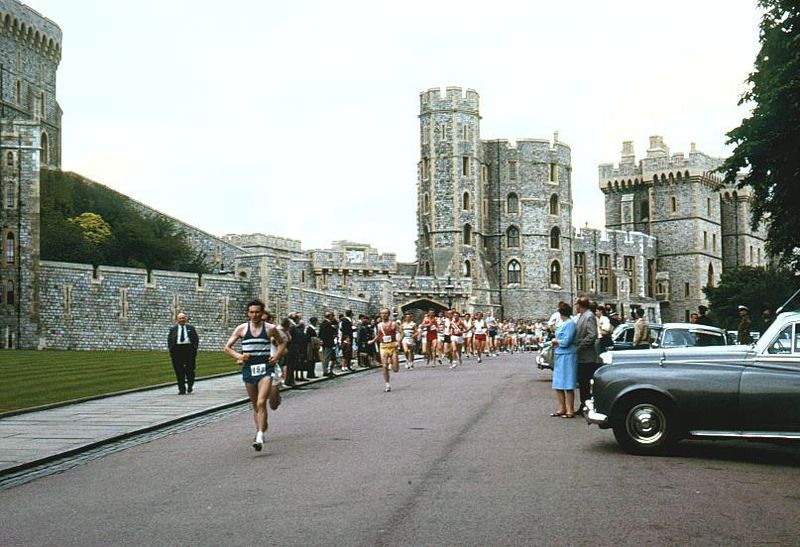
The Polytechnic Marathon, first run in 1909, was the first regularly organized marathon in England. Originally organized by the Polytechnic Harriers athletics club, it followed a route from Windsor to London. This race gained recognition for being the first to officially use the 26.2-mile distance, set during the 1908 London Olympics. It quickly grew in prestige, attracting top runners from around the world. Though the event ceased in 1996, its legacy lives on in the London Marathon, which traces its inspiration back to this historic race. Its record-breaking performances and historical significance make it a cornerstone in marathon history. Even in its absence, the Polytechnic Marathon remains a symbol of England’s running heritage.
Fukuoka Marathon (1947) – Japan
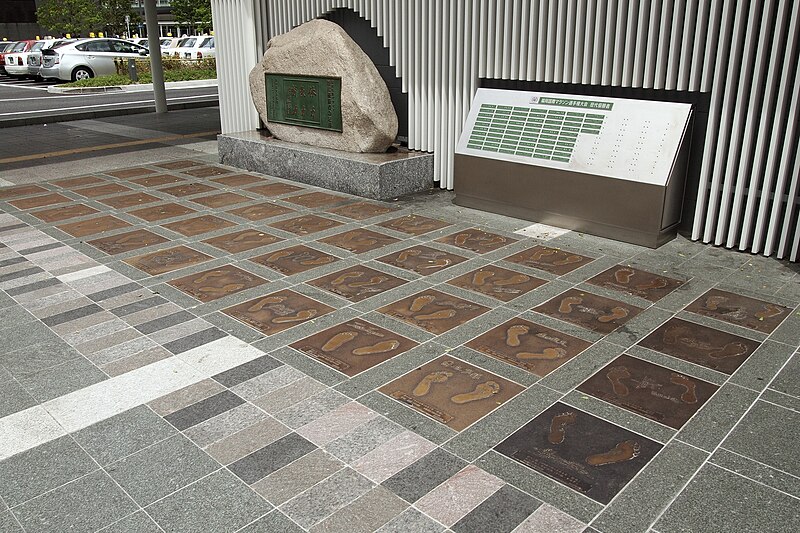
The Fukuoka Marathon began in 1947 and has since become one of Japan’s premier races. Originally created as a men’s marathon, it aimed to revive athletic competition in Japan after World War II. Held annually in December, Fukuoka boasts a flat and fast course, ideal for record-breaking performances. Over the years, it has seen numerous world records and serves as a key qualifier for the Olympics. Although it primarily attracts elite athletes, its global reputation has helped it stand out on the marathon calendar. The race’s cultural significance is deeply tied to Japan’s rich history in long-distance running. Fukuoka remains an essential event for marathon enthusiasts worldwide.
Athens Classic Marathon (1955) – Greece
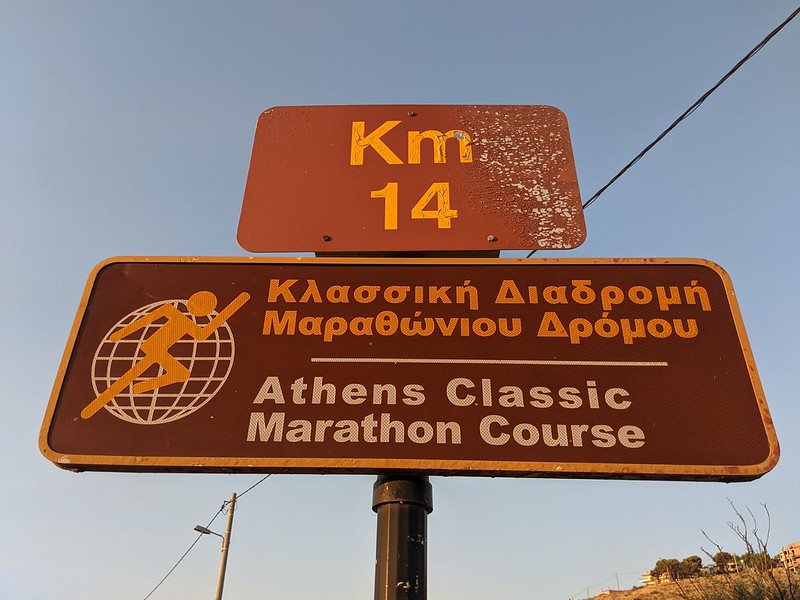
Although the Athens Classic Marathon was officially established in 1955, its historical roots run far deeper. The race commemorates the legendary journey of Pheidippides, the ancient Greek messenger who ran from Marathon to Athens to deliver news of victory. Participants run on a course steeped in history, retracing the route of the original marathon. The event combines modern sportsmanship with an homage to ancient traditions, making it a bucket-list race for many. Starting in the town of Marathon, runners endure a challenging, hilly route before finishing in Athens’ iconic Panathenaic Stadium. The race has grown immensely in popularity, attracting runners from around the globe. Few marathons can claim such a direct link to the origins of the sport.
Comrades Marathon (1921) – South Africa
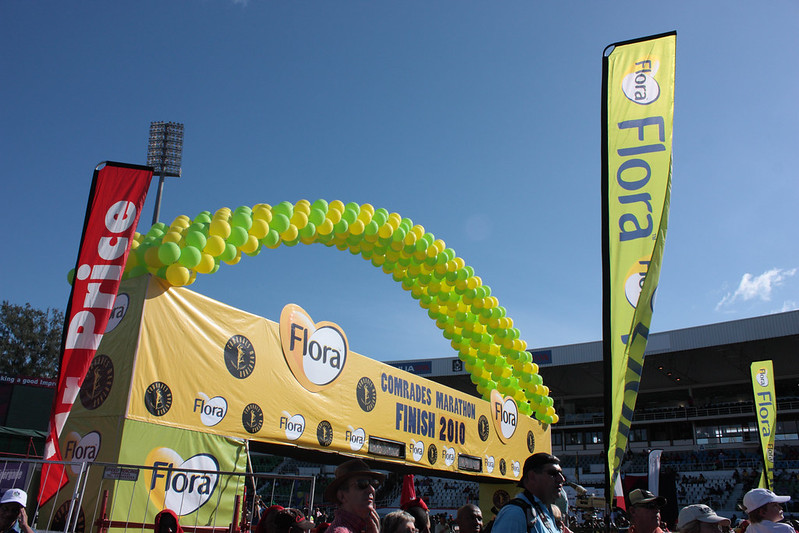
The Comrades Marathon is one of the oldest ultramarathons in the world, starting in 1921. It commemorates the South African soldiers who lost their lives in World War I. Unlike a traditional marathon, it alternates annually between an “up” and a “down” run on its 90-kilometer course. The event is known for its grueling terrain and camaraderie among participants, earning its name. Its spirit embodies the idea of perseverance and endurance, drawing tens of thousands of participants each year. Despite its ultramarathon status, it is one of the most iconic races globally. The Comrades Marathon is more than just a race—it’s a celebration of human resilience.
Lake Biwa Mainichi Marathon (1946) – Japan
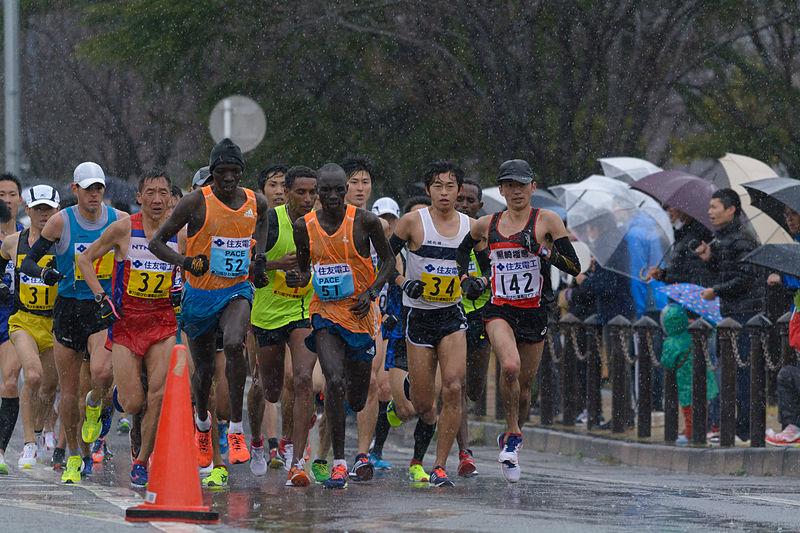
The Lake Biwa Mainichi Marathon, established in 1946, is one of Japan’s most historic races. Held near Lake Biwa, the largest freshwater lake in Japan, the course offers picturesque views and a fast, flat route. Initially an elite-only competition, the event has become a cornerstone for runners aiming to qualify for international championships. Over the decades, it has witnessed numerous records and milestones in long-distance running. Despite its elite focus, the race garners immense national and international attention. Its longevity is a testament to Japan’s dedication to preserving its running heritage. The marathon holds a special place in the hearts of Japanese athletes and fans alike.
Honolulu Marathon (1973) – United States
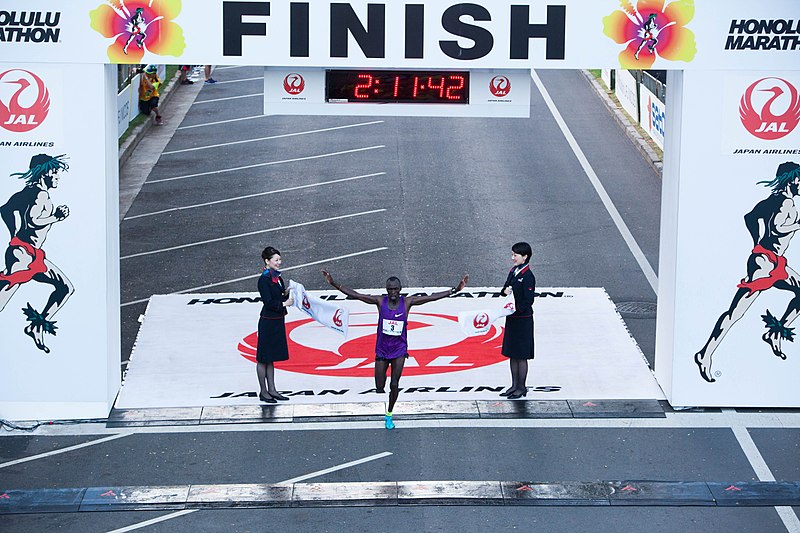
The Honolulu Marathon, established in 1973, is one of the oldest and most scenic marathons in the Pacific region. Runners traverse a stunning route that begins in downtown Honolulu and winds past iconic landmarks like Diamond Head and Waikīkī Beach. Unlike many marathons, it has no time limit, making it accessible for runners of all levels. Its tropical setting, warm weather, and welcoming atmosphere attract participants from all over the globe, particularly from Japan. Over the years, it has grown into one of the largest marathons in the world, often hosting over 30,000 runners. Beyond the race, the event embodies the spirit of aloha, blending athleticism with Hawaiian culture. Its enduring popularity reflects its unique charm and challenging course.
Košice Peace Marathon (1924) – Slovakia
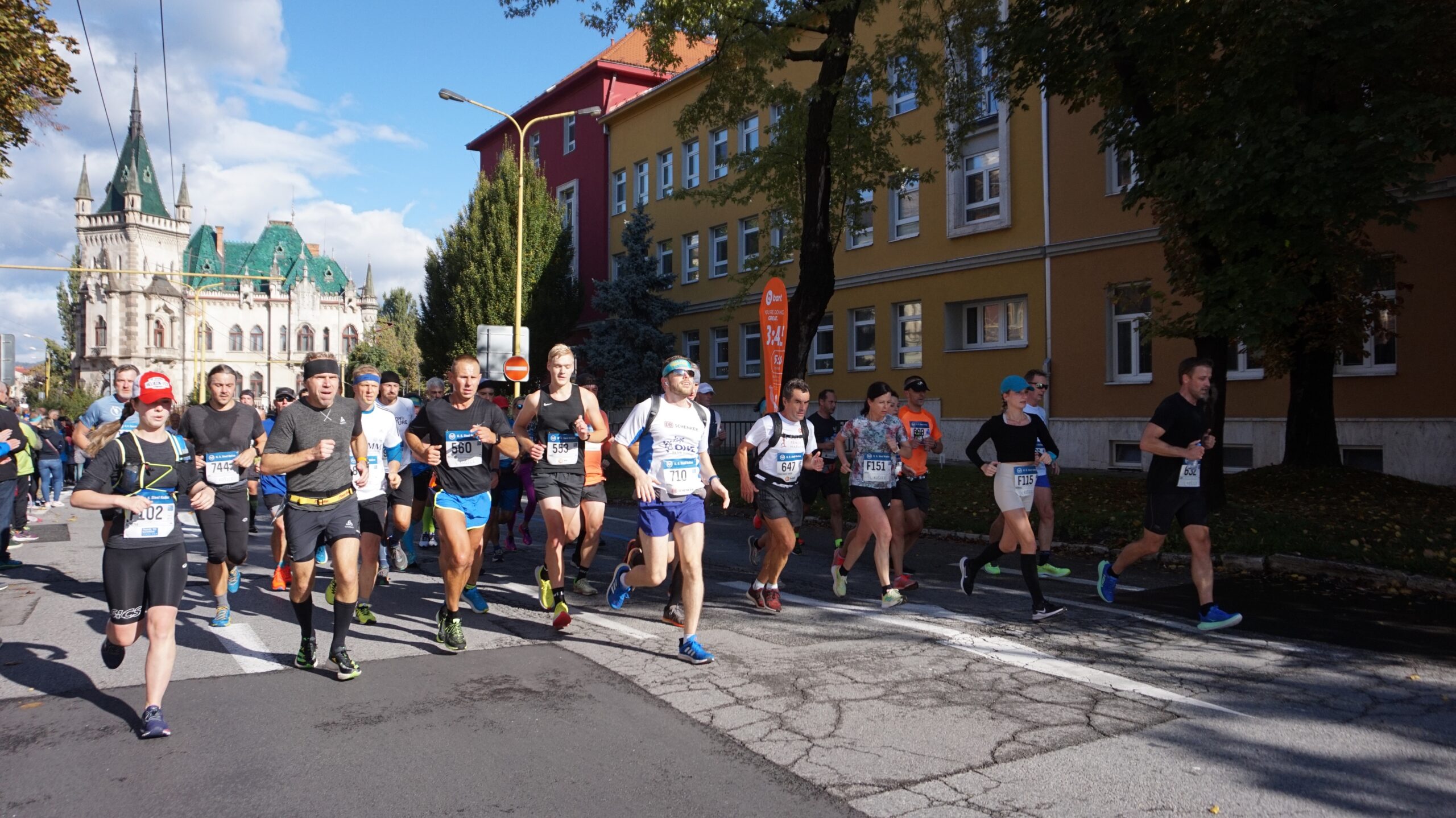
First run in 1924, the Košice Peace Marathon in Slovakia is the oldest marathon in Europe. The event was inspired by the Boston Marathon and aimed to promote peace and unity in post-World War I Europe. Held annually in October, it weaves through the picturesque streets of Košice, offering runners a mix of history and culture. Despite interruptions during World War II, the race has maintained its place as a symbol of resilience. It is a point of pride for Slovakia, attracting runners from across the globe to its flat, fast course. Over the years, it has become a historic landmark in European long-distance running. The Košice Peace Marathon continues to honor its mission of promoting harmony through sport.
Stockholm Marathon (1979) – Sweden
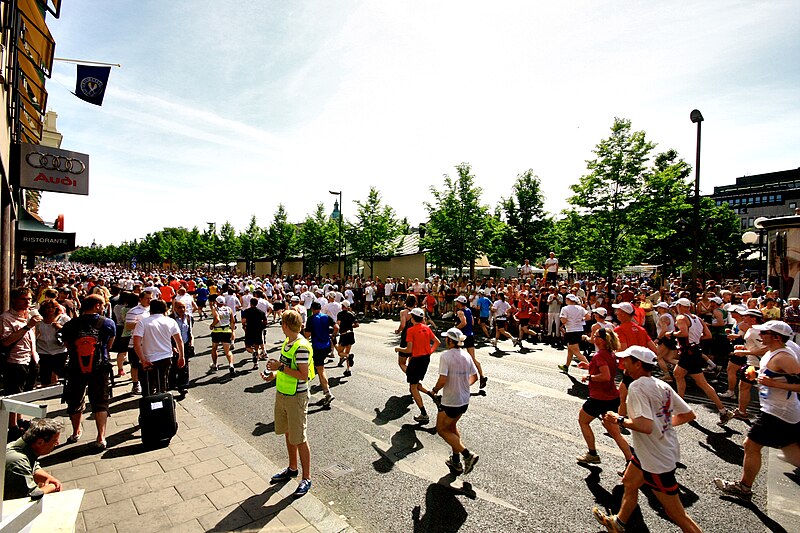
The Stockholm Marathon, although established in 1979, has quickly earned a reputation as one of Europe’s most iconic races. Held annually in June, the marathon showcases Sweden’s capital, with a course that passes landmarks like the Royal Palace and Gamla Stan. Its unique two-loop route is both scenic and challenging, with cobblestone streets and waterfront views. The event often experiences unpredictable weather, adding an extra layer of difficulty for participants. Over the years, it has drawn a mix of elite athletes and recreational runners from around the world. Stockholm’s rich history and vibrant atmosphere provide a perfect backdrop for this celebrated event. The race embodies Swedish culture, hospitality, and a deep love for endurance sports.
New York City Marathon (1970) – United States
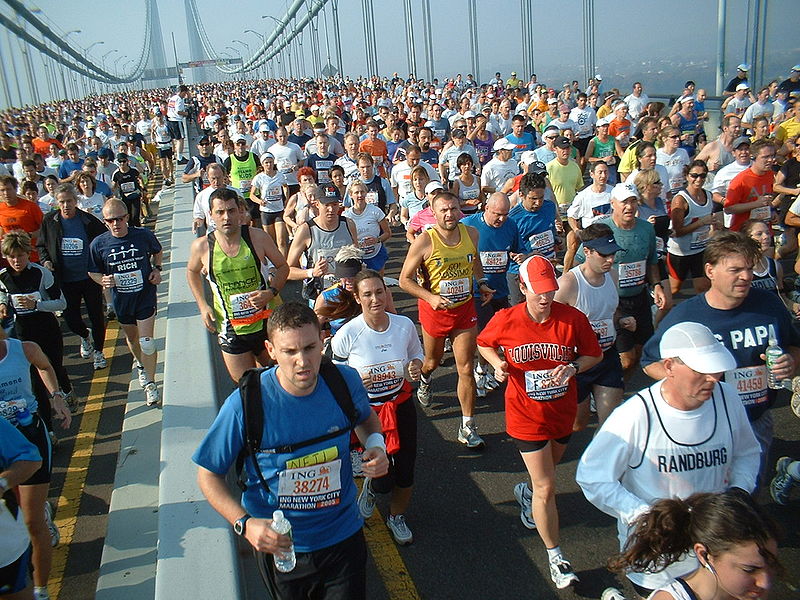
The New York City Marathon, first held in 1970, is one of the most famous and largest marathons in the world. What began with 127 participants in Central Park has grown into a city-wide event with over 50,000 runners. The race spans all five boroughs of New York, offering a tour of the city’s diversity and vibrancy. Known for its enthusiastic crowds, it provides unparalleled energy and support to participants. The marathon has become a stage for historic performances, including multiple world records and groundbreaking moments for female and para-athletes. Its route, which includes the iconic crossing of the Verrazzano-Narrows Bridge, is both scenic and grueling. Today, it stands as a symbol of resilience and community for New Yorkers and visitors alike.
Rotterdam Marathon (1981) – Netherlands
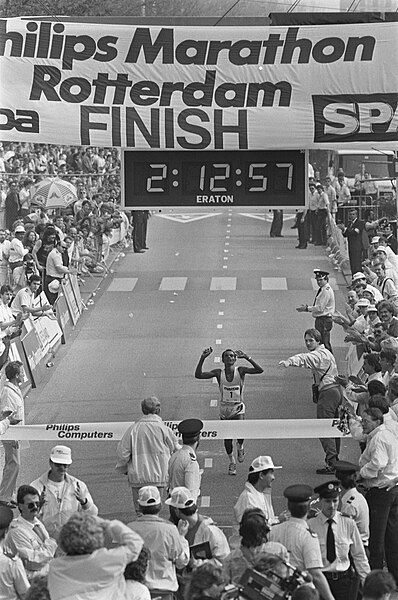
The Rotterdam Marathon, held annually since 1981, has earned a reputation for its flat and fast course. Known for its potential to produce personal bests and world records, it attracts elite runners aiming for speed. The event’s route takes participants through Rotterdam’s modern architecture, riverfronts, and urban landmarks, offering a dynamic experience. Its timing in April provides mild weather, ideal for marathon running. Over the decades, the marathon has seen a significant increase in participation, drawing both competitive and recreational runners. Rotterdam’s marathon culture is vibrant, with the entire city rallying to support participants. It has become one of Europe’s premier marathon destinations.
Vienna City Marathon (1984) – Austria
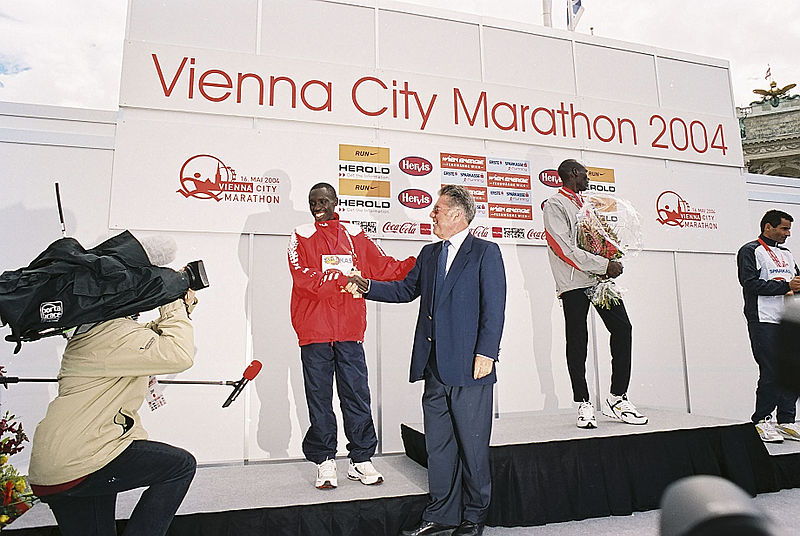
The Vienna City Marathon, launched in 1984, quickly established itself as Austria’s premier long-distance race. Held each April, it offers runners a tour of Vienna’s imperial beauty, including the Ringstrasse and the Schönbrunn Palace. Its flat course makes it a favorite for fast times and personal records. The race is accompanied by vibrant cultural celebrations, reflecting Vienna’s rich history and modern appeal. Over the years, the marathon has drawn top athletes and recreational runners alike, cementing its place on the global marathon map. It is particularly renowned for its stunning start on the Reichsbrücke bridge, with the Danube River below. Vienna’s marathon combines elegance, history, and athleticism in a way few races can match.
Los Angeles Marathon (1986) – United States
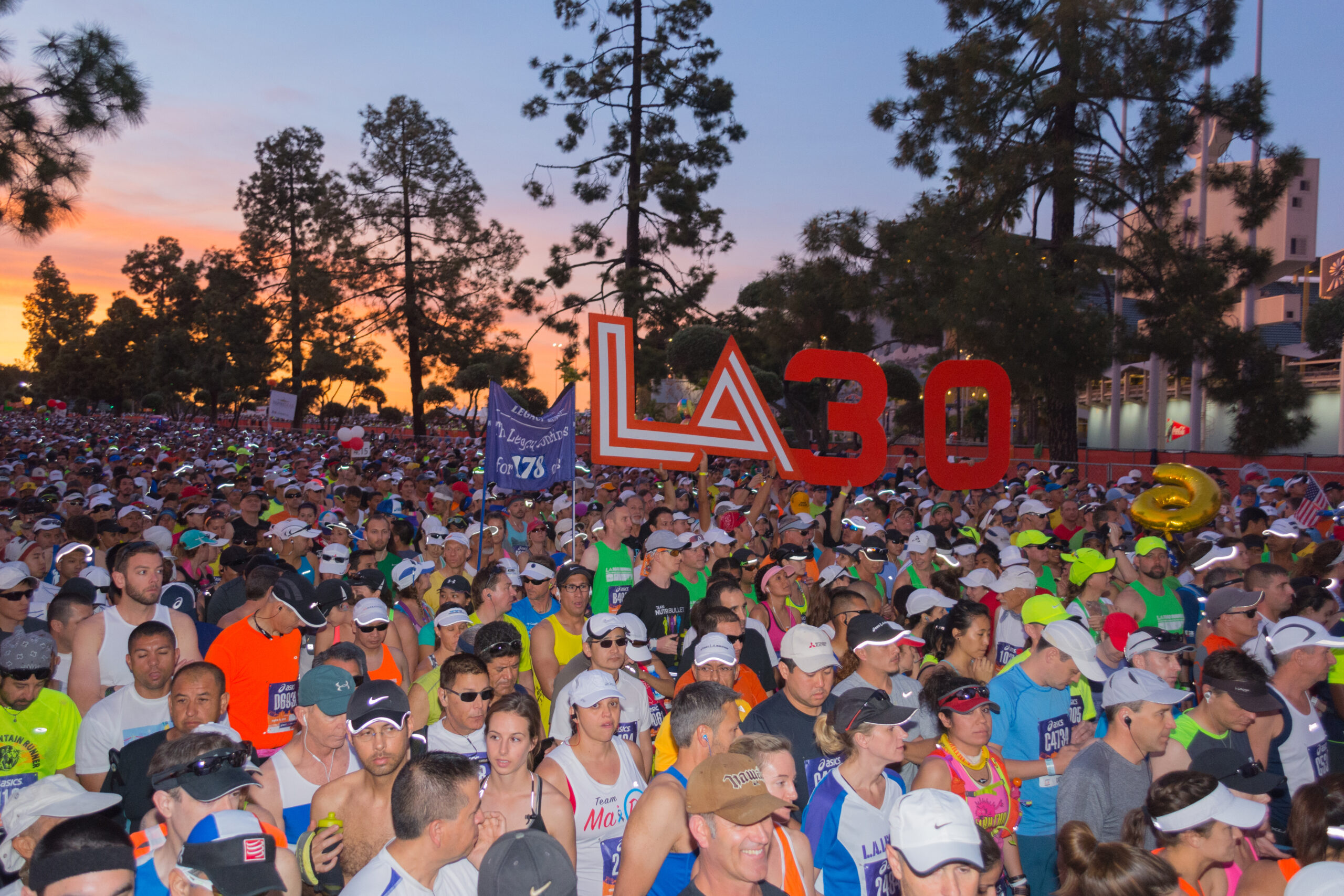
The Los Angeles Marathon, founded in 1986, is a relatively younger marathon but still steeped in history and culture. Its course takes runners through the iconic streets of Los Angeles, passing landmarks like Dodger Stadium, Beverly Hills, and Santa Monica Pier. Known for its “Stadium to the Sea” route, it provides scenic views of both urban and coastal areas. The event attracts tens of thousands of participants each year, ranging from elite athletes to first-time marathoners. Its March timing ensures pleasant weather, making it ideal for runners aiming for personal records. Over the decades, the marathon has celebrated the diversity and vibrancy of L.A.’s communities, with spectators lining the streets to cheer. The race encapsulates the energy and ambition of the city it calls home.
Paris Marathon (1976) – France
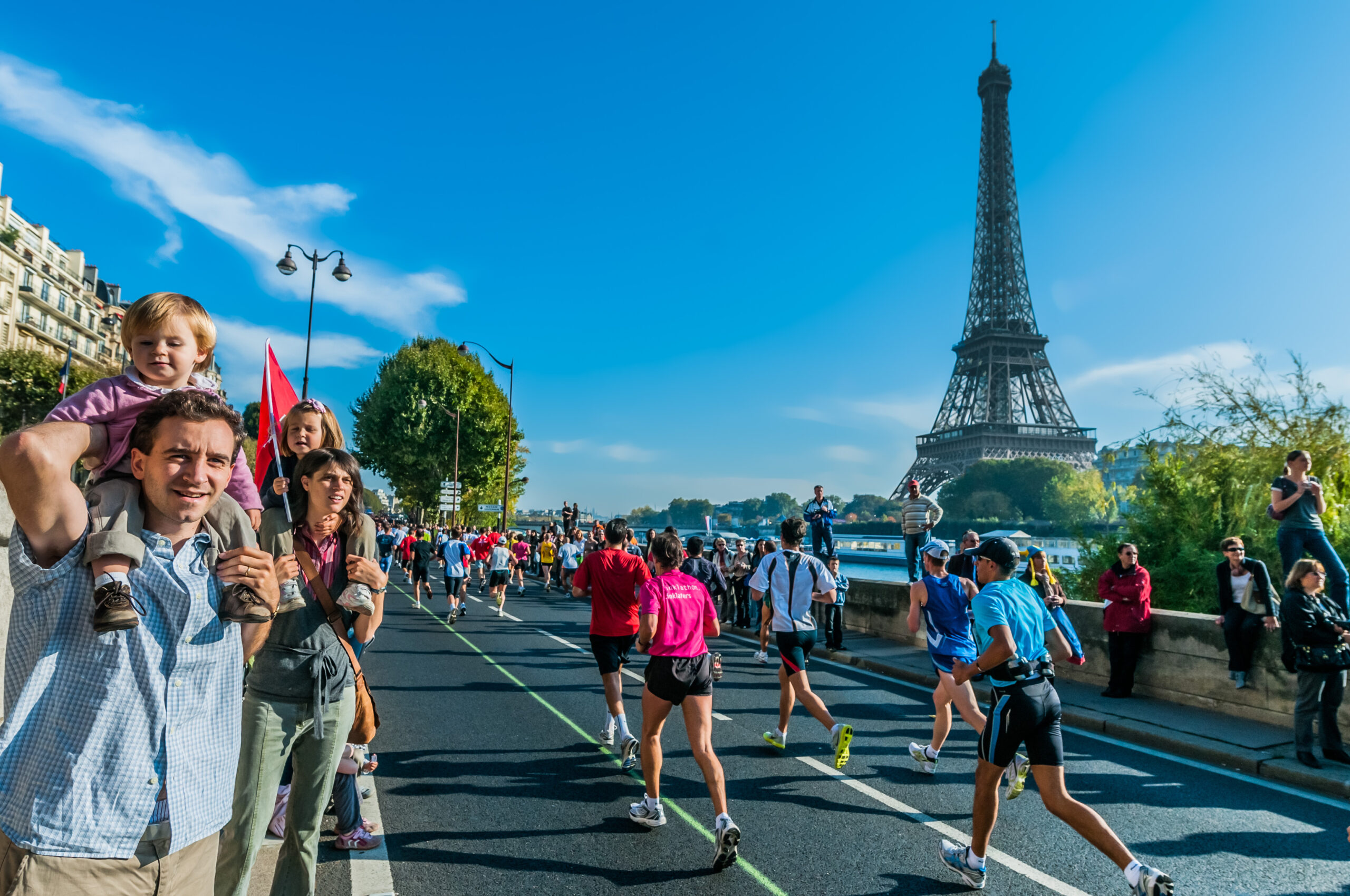
The Paris Marathon, established in 1976, is one of Europe’s largest and most picturesque marathons. The course winds through the heart of Paris, starting at the iconic Champs-Élysées and passing landmarks like the Eiffel Tower and Notre-Dame Cathedral. With its flat terrain, it is ideal for runners chasing fast times while enjoying stunning views of one of the world’s most beautiful cities. The marathon’s April timing often brings mild spring weather, perfect for long-distance running. Over the years, it has grown into a major international event, drawing participants from over 150 countries. Paris also emphasizes sustainability, incorporating green initiatives into its race-day planning. This marathon blends the city’s rich history, culture, and global appeal into a world-class event.
Gold Coast Marathon (1979) – Australia
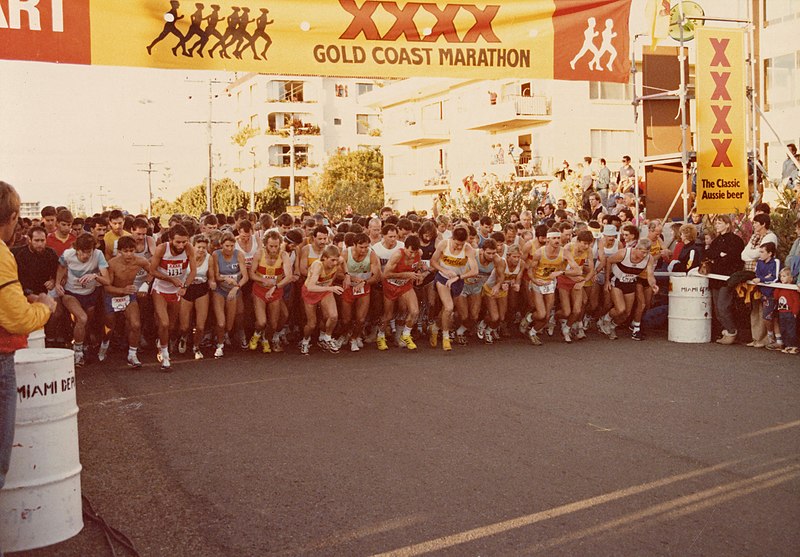
The Gold Coast Marathon, first held in 1979, is Australia’s premier marathon and one of the oldest in the Southern Hemisphere. Held annually in July, it offers runners a scenic route along the stunning coastline of Queensland. Its flat and fast course is perfect for personal bests, drawing elite athletes from across the globe. The marathon’s picturesque setting, with ocean views and sunny skies, makes it a favorite for both locals and international participants. Beyond the main race, the event includes shorter distances, creating a festival of running for all ages and abilities. Over its history, the Gold Coast Marathon has consistently ranked as one of the world’s most popular destination marathons. Its combination of elite competition and relaxed beach culture is truly unique.
Amsterdam Marathon (1975) – Netherlands

The Amsterdam Marathon, first run in 1975, is a jewel of the European running calendar. The race begins and ends in the historic Olympic Stadium, creating an inspiring atmosphere for participants. Its flat course is renowned for speed, attracting elite athletes aiming for world-class performances. Runners weave through Amsterdam’s iconic canals, parks, and historic neighborhoods, making it a visually stunning experience. Held in October, it offers cool, crisp weather ideal for marathon racing. Over the years, it has grown into a major international event, hosting thousands of runners from across the globe. The Amsterdam Marathon showcases the city’s charm and its deep love for athletic pursuits.
Chicago Marathon (1977) – United States
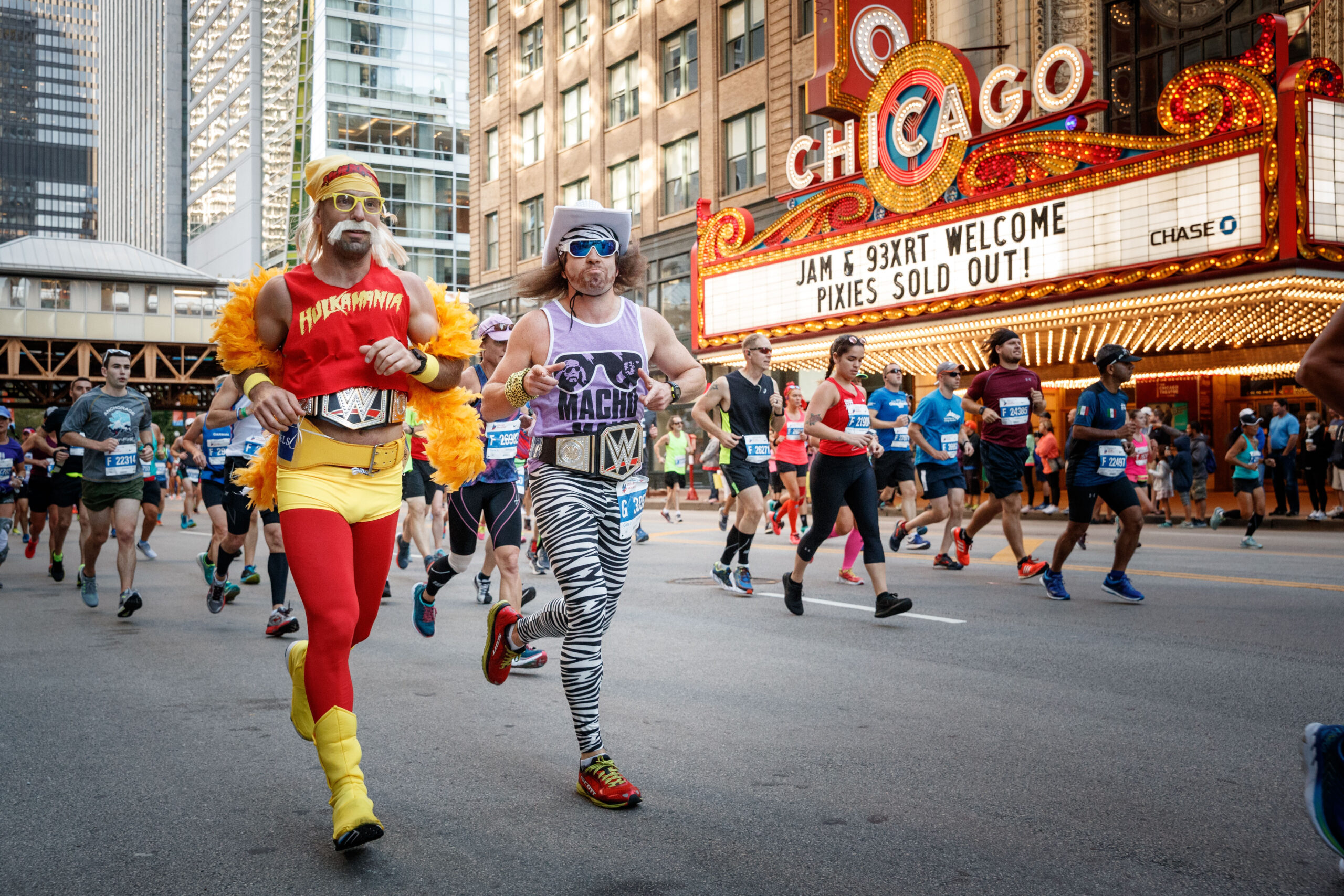
The Chicago Marathon, established in 1977, is one of the six World Marathon Majors and a cornerstone of global road racing. Its fast, flat course winds through the vibrant neighborhoods of Chicago, offering participants a tour of the city’s diversity and culture. Known for its excellent organization and enthusiastic crowds, the marathon provides a world-class experience for both elite and amateur runners. Held in October, the event often delivers cool weather, ideal for record-breaking performances. Over the years, Chicago has witnessed numerous world records and memorable moments, cementing its place in marathon history. Its iconic skyline and the finish line in Grant Park add to the race’s allure. For runners around the world, the Chicago Marathon represents a chance to achieve greatness in a city known for its resilience.
This article originally appeared on Rarest.org.
More From Rarest.Org
In the NFL, experience often proves invaluable, and some coaches exemplify this to the fullest. These coaches bring decades of knowledge, skill, and grit to the sidelines. Their lengthy careers showcase dedication and a profound understanding of the game. Read more.
The largest ports in the world play a vital role in global trade and transport, handling enormous volumes of goods every year. Each of these ports features unique capabilities and infrastructure to manage the constant flow of imports and exports. Read more.
In the early years of aviation, bold ideas and experimental designs shaped the future of flight. Visionary engineers and daring pilots crafted planes that pushed the boundaries of what was thought possible. Read more.


